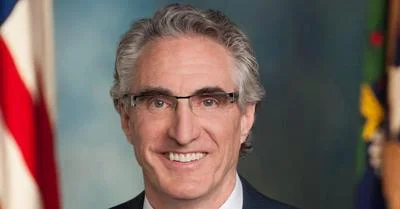U.S. Energy Secretary Steven Chu today applauded the commissioning of a combined heat and power (CHP) fuel cell system at Portland Community College in Oregon. The CHP fuel cell system will help Portland Community College save on its energy bills and help achieve its energy efficiency and sustainability goals. Students at the College will also learn about the fuel cell technology used in the project as part of a comprehensive alternative energy curriculum offered by the school.
"The benefits of a combined heat and power fuel cell system, coupled with the educational benefits of a living laboratory, not only advance clean energy technology, but help ensure that our nation remains competitive in the workforce of tomorrow," said Secretary Chu. "Giving students hands-on, real-world experience working with clean energy technologies is critical to developing the skilled workforce we need to power our clean energy future."
This is the first of ten CHP fuel cell systems that will go into operation on the West Coast as part of a $2.8 million combined industry and government award that includes $1.4 million of funding from the Department of Energy. In addition to providing electricity, the CHP fuel cell system captures the excess heat generated inside the fuel cell and releases it into the facility to provide space heating. The excess heat can also be used for hot water or other heating needs, while excess electricity produced but not consumed by the building can be sold back to a local utility company. DOE's Office of Energy Efficiency and Renewable Energy and its Pacific Northwest National Laboratory (PNNL) awarded $1.4 million to Oregon-based ClearEdge Power to install 38 CHP fuel cell systems at ten different west coast businesses under the initiative.
An event on September 29 at Portland Community College celebrated the completion of the first two 5 kW systems. The remaining 36 units will be installed at 9 additional locations and will be completed in the next few months.
To document and validate this innovative technology, PNNL will analyze the engineering, economic, and environmental performance of the two systems during the next five years. PNNL anticipates that this type of a system could reduce the fuel costs and carbon footprint of a commercial building by approximately 40%, compared with conventional electricity use.
DOE's Office of Energy Efficiency and Renewable Energy invests in clean energy technologies that strengthen the economy, protect the environment, and reduce dependence on foreign oil. Find out more about DOE's support of research, development and deployment of hydrogen and fuel cell technologies.
This is an excerpt from EERE Network News, a weekly electronic newsletter.
Source: U.S. Dept. of Energy, Office of Energy Efficiency & Renewable Energy









